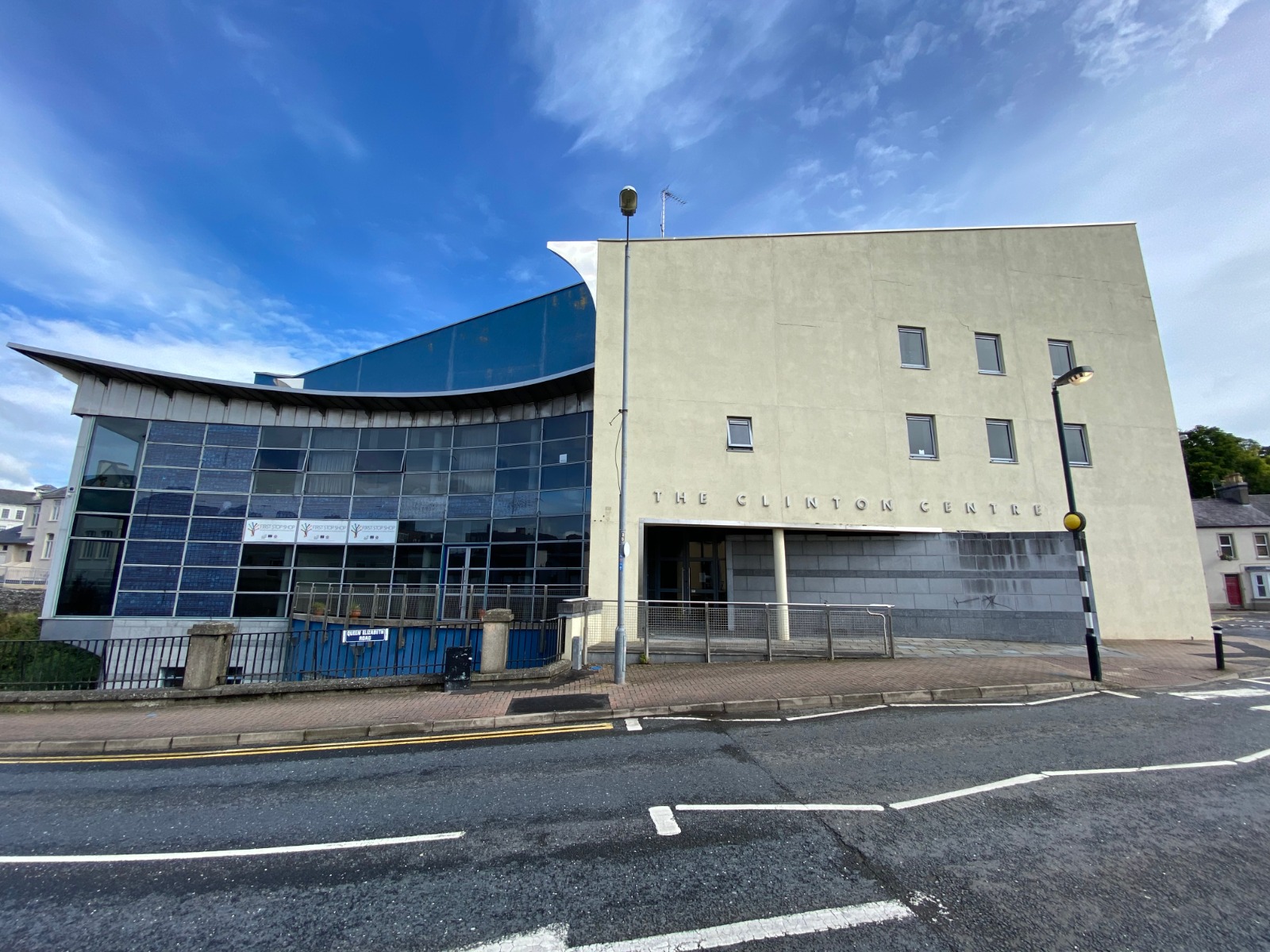|
Jeremy Henderson
Jeremy Henderson was an Anglo-Irish artist and painter. Henderson was Artist in Residence at Kingston University, with art exhibited at the Royal Academy and National Art Collections. Life Jeremy Henderson was born at Lisbellaw, County Fermanagh, on 25 December 1952, to James Douglas Alexander Henderson, who managed the family business of Henderson & Eadie, and Doris Josephine née Watson. He attended Portora Royal School in Enniskillen, where the art master, Angus Bryson, spotted Henderson as an exceptional student. From 1972 to 1973 Henderson studied an Arts Foundation course at Ulster University. From 1973 to 1976 he studied Fine art at Kingston University, London, achieving a Bachelor of Arts first class honours degree under the tutelage of Terry Jones, returning in 1977 as Artist in Residence. In the same year he became the first recipient of the Stanley Picker Fellowship Award in Painting. Between 1978 and 1979 Henderson completed a MA postgraduate in Fine Art at Chelse ... [...More Info...] [...Related Items...] OR: [Wikipedia] [Google] [Baidu] |
Lisbellaw
Lisbellaw () is a village in County Fermanagh, Northern Ireland, about east of Enniskillen. In 2008 it had an estimated population of 1,277 people. The village is built around the Church of Ireland parish church, which was built in the 18th century. The steep main street houses two grocery shop, a hairdressing salon, two pubs, a post office, a dentist's surgery, a beauty salon, a butcher, two mechanics, a pharmacy, a health store distributor, a chip shop, and a hardware store, as well as the Church of Ireland parish centre, the Methodist and Presbyterian churches. The Roman Catholic church building and a Plymouth Brethren gospel hall lie just off the main street. Just outside the village is Carrybridge, a marina on Upper Lough Erne. Lisbellaw railway station opened on 16 August 1858 and shut down on 1 October 1957. Population 2001 Census Lisbellaw is classified as a village by the Northern Ireland Statistics and Research Agency. A census performed on 29 April 2001 revealed ... [...More Info...] [...Related Items...] OR: [Wikipedia] [Google] [Baidu] |
Brick Lane
Brick Lane (Bengali: ব্রিক লেন) is a street in the East End of London, in the borough of Tower Hamlets. It runs from Swanfield Street in Bethnal Green in the north, crosses the Bethnal Green Road before reaching the busiest, most commercially active part which runs through Spitalfields, or along its eastern edge. Brick Lane’s southern end is connected to Whitechapel High Street by a short extension called Osborn Street. Today, it is the heart of the country's Bangladeshi community with the vicinity known to some as Banglatown. It is famous for its many curry houses. Early history 15th to 18th centuries The street was formerly known as Whitechapel Lane, and wound through fields. It derives its current name from brick and tile manufacture started in the 15th century, which used the local brick earth deposits. The street featured in the 16th-century Woodcut map of London as a partially-developed crossroad leading north from the city's most easterly edge, ... [...More Info...] [...Related Items...] OR: [Wikipedia] [Google] [Baidu] |
Enamel Sign
A selection of historic enamel signs advertising a variety of products, Herefordshire, Great Britain An enamel sign is a sign made using vitreous enamel. These were commonly used for advertising and street signage in the period 1880 to 1950. Benjamin Baugh created the first purpose-built factory for making such signs in Selly Oak Selly Oak is an industrial and residential area in south-west Birmingham, England. The area gives its name to Selly Oak ward and includes the neighbourhoods of: Bournbrook, Selly Park, and Ten Acres. The adjoining wards of Edgbaston and Harborn ... in 1889 — the Patent Enamel Company. The technique of porcelain enamelling on cast iron was developed in Central Europe in the early 1800s. See also * References Signage {{comm-stub ... [...More Info...] [...Related Items...] OR: [Wikipedia] [Google] [Baidu] |
The Clinton Centre
The Clinton Centre is situated on the site of the Remembrance Day bombing on 8 November 1987 in Enniskillen, County Fermanagh, Northern Ireland when the Provisional Irish Republican Army murdered 12 and injured 63 with a time bomb. Former President of the United States of America Bill Clinton gave his name to the facility in dedication to peace and prosperity in Ireland and around the world and has visited the site three times along with his wife, Hillary Clinton. History of the building The building stands on the site of the Reading Rooms owned by St. Michael’s Roman Catholic Church which was destroyed in the bombing in 1987. The Centre was conceived as part of the Higher Bridges Project, bridging this site with the former Enniskillen Orange Hall.Plans were laid in 2000 to construct a new structure to balance the restored Orange Hall, a listed building. This was coordinated by Fermanagh-University Partnership Board. In 2001 President Bill Clinton visited the site, returnin ... [...More Info...] [...Related Items...] OR: [Wikipedia] [Google] [Baidu] |
